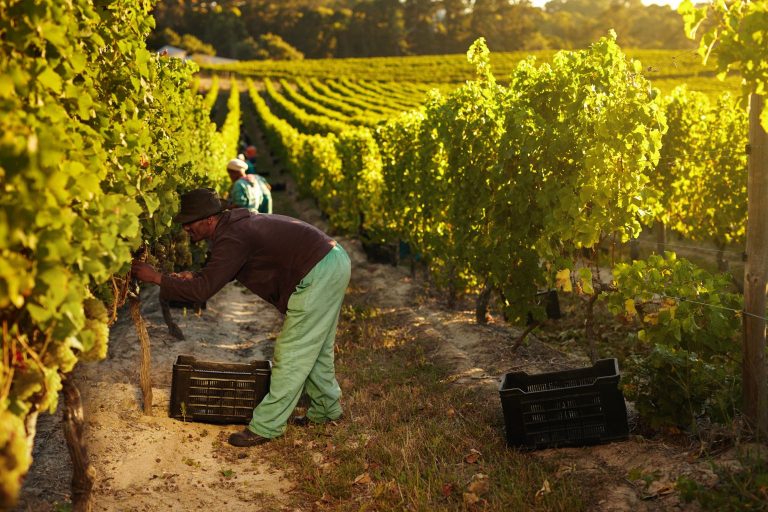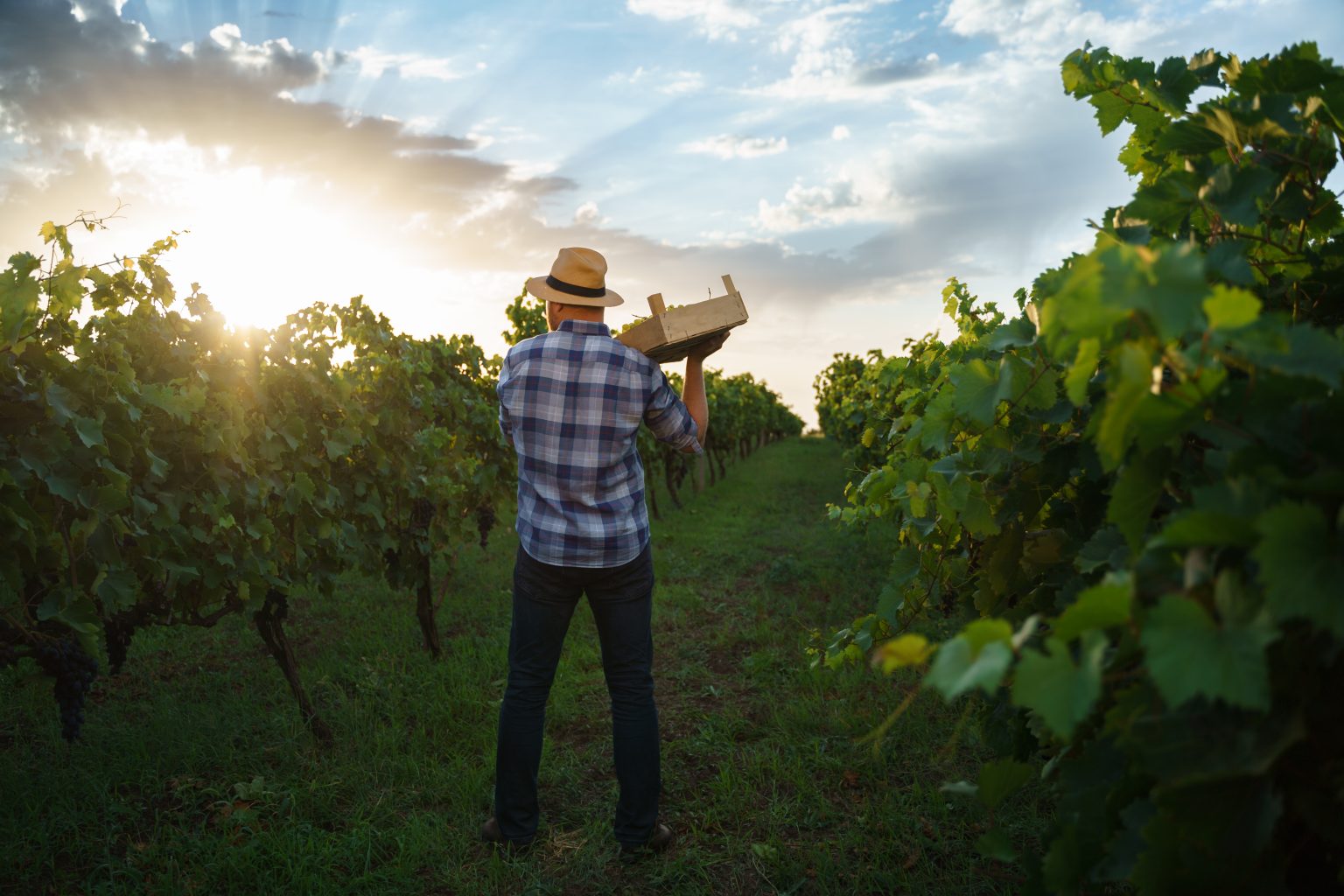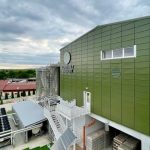In Oltenia, Muntenia, and Dobrogea, this year’s wine grape harvest is uncertain in many areas, with only producers who already benefit from irrigation expecting a somewhat good year. The prolonged drought this year, added to last year’s severe drought, has affected many vineyards in the south of the country, where the spring frosts also hit hard.
- The Best News Comes from Transylvania
- Fine Aromas at Averești as Well
- In the south-eastern region of Moldova, there is still optimism.
- Oltenia – small enclaves of rain
- More Than Half of Dealu Mare Affected by Frost and Drought
- Grape Prices Will Rise
- Optimism at Vintruvian – the Group with 4 Wineries in 3 Regions
- Sauvignon Blanc Affected at Domeniul Bogdan
- Wines of Romania Conclusions
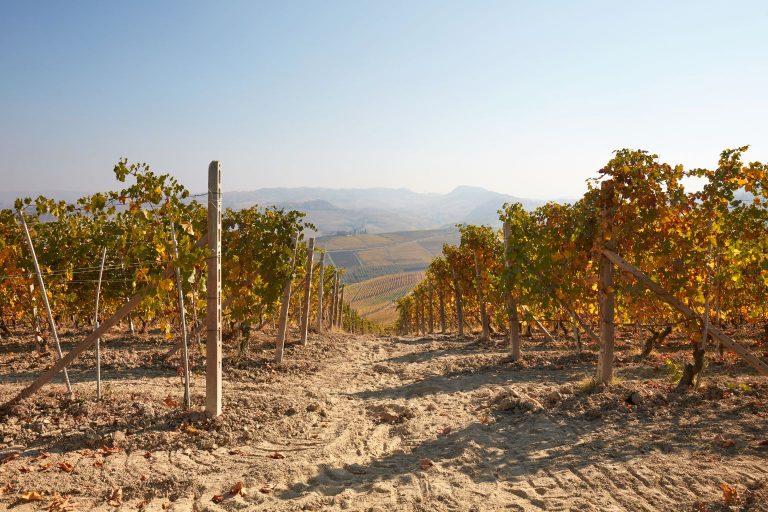
In the North, however, especially in Moldova and Transylvania, but also in much of Banat and Crișana, the harvest looks good or very good, both in terms of quality and quantity.
The Best News Comes from Transylvania
At Jidvei, the largest winery in Transylvania, this year’s rains were a bit late at the start of summer, but they came exactly when needed.
We did not start the harvest as early as in 2024, but this is good for aromas. We already have Fetească Regală grapes with excellent, very concentrated aromas, at 151 grams of sugar, so we are close to harvest, and it promises to produce an exceptional wine. Overall, we are satisfied both quantitatively and qualitatively,” says Nelu Mărginean, Technical Director of Viticulture at Jidvei.
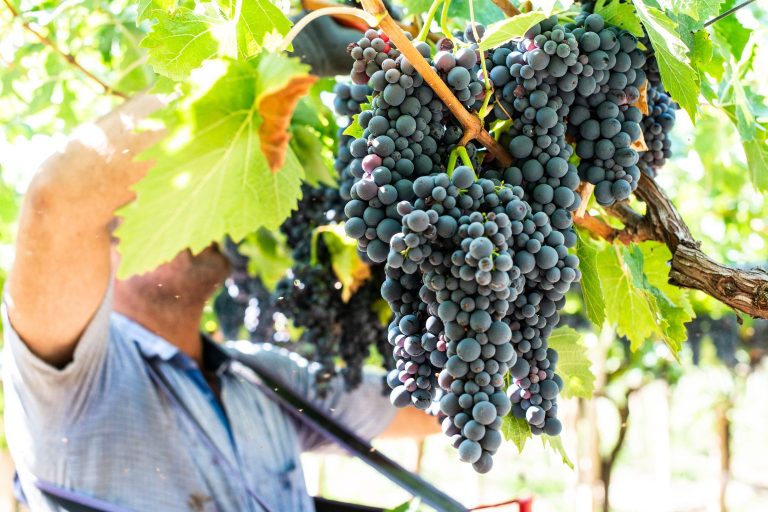
Fine Aromas at Averești as Well
In Moldova, too, the news is good. At Domeniile Averești, everything points to a good year, significantly better than the results of 2024.
“This year, yields of 10–12 tons per hectare are expected, and we are preparing for a production of 6–6.5 million liters, compared to 5.5 million last year, which is a significant increase. At this point, we have grapes that meet all quality requirements, and we also have quantity. Next week we will start harvesting grapes for sparkling wines, and probably in two weeks, we’ll begin with the rest.
We had no drought problems, thanks in large part to the soil – we have clay-loam and sandy-loam soils, which act like a sponge that stays moist, at least inside, long after being watered. So, for us, rain means a water reserve kept in the soil for a long time,” says Claudiu Crețu, Production Director at Domeniile Averești.

In the south-eastern region of Moldova, there is still optimism.
And at Beciul Domnesc, which owns vineyards in four wine-growing regions – Cotești, Odobești, Panciu, and Huși – looking at the bright side, things seem promising.
Based on the data we have so far, we estimate a better harvest than in 2024, but only after we complete the picking will we be able to draw the right conclusions. As in every year, there will be grapes of exceptional quality, but also grapes whose performance has been affected by the year’s weather conditions, especially frost. The current weather forecast, if it proves accurate, will help us achieve a truly good harvest; however, climatic conditions remain unpredictable,” said Corina Nedelcu, Brand Manager of Beciul Domnesc.
Unfortunately, between the grape harvest and the evolution of the wine market, there are many factors that producers must take into account. A good harvest is not a guarantee of matching sales figures, but it is the first important step in this marathon.
“We want to remain optimistic, and we need this year’s harvest to confirm that optimism, in a year when we have already had plenty of bad news – for example, the excise duty on still wine, the VAT increase, and further negative measures still pending at government level. The unpredictability of nature has been surpassed by financial and legislative uncertainty. A good harvest is good news, the result of a year’s work, but one that can be largely overshadowed by the economic context and the associated psychological impact,” added Corina Nedelcu.
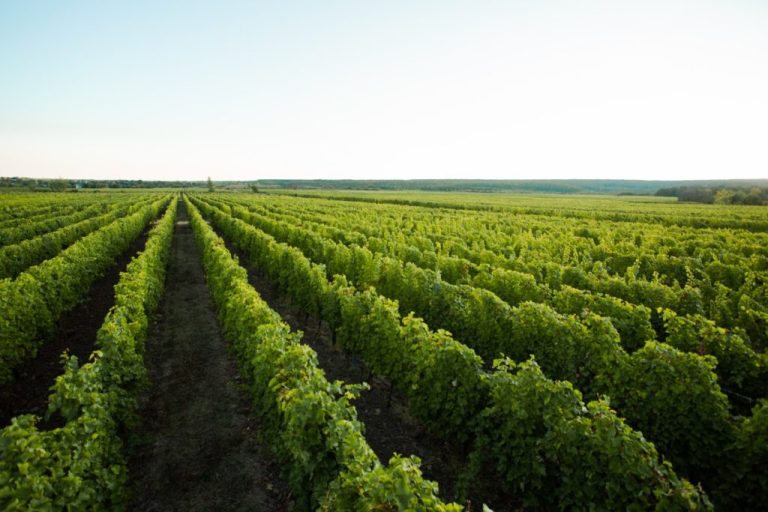
Oltenia – small enclaves of rain
Iustin Urucu, the owner of Vinaltus winery, is among the luckier producers in Oltenia. Well-known to Romanian wine lovers for iconic wines such as Soare and Uniq, as well as Sirena Dunării and Prince Mircea, Iustin Urucu knows Oltenia inside out. He also works as a consulting oenologist with several wineries, yet the news is not very encouraging.
It has been yet another year of drought, which has worsened the problems from 2024. On average, I believe this year’s production will be about 20% lower than usual – although in some areas it wasn’t quite as bad as last year. There were a few enclaves that enjoyed a little rain; fortunately, I had some rainfall myself, at least to some extent, but southern Mehedinți suffered enormously.
There are wineries that are losing a large part of their production, with vines dying; only the irrigated areas have a harvest that is, more or less, closer to normal. Pedological drought has been established in several regions for three years now, and those without irrigation face very serious problems, since permits for drilling wells are currently blocked by Apele Române (the Romanian Water Authority),” said Iustin Urucu.
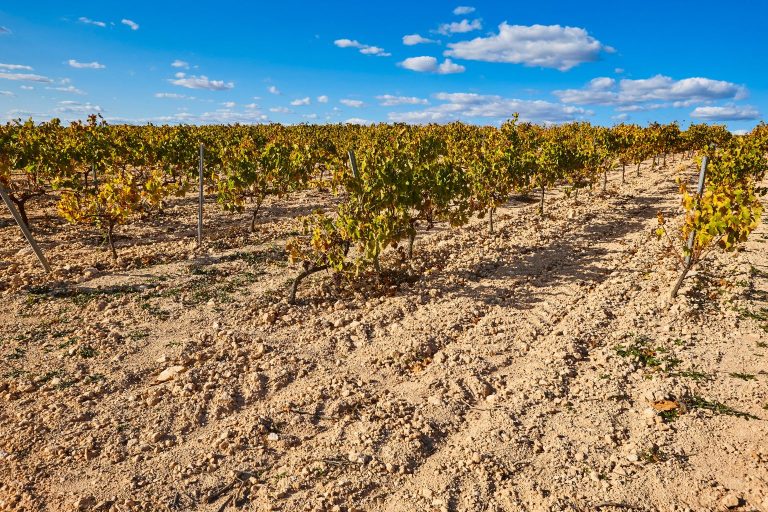
More Than Half of Dealu Mare Affected by Frost and Drought
Gabriel Lăcureanu, “L’Artist,” known for collaborations with Gramofon and Licorna (among others), says it has been another difficult year for Dealu Mare, with spring frost affecting vines already weakened by the previous dry year.
“The impact of spring frost hit the early-budding varieties in Dealu Mare, especially Fetească Neagră, Chardonnay, Fetească Regală, and Fetească Albă, where it is still hard to say what the harvest will be like. Last year there were losses of up to 80%, with plots producing 3.5 tons/ha instead of 12–13. This year, for at least some varieties, yields will rise to 5–6 tons, still far below the annual average. However, varieties such as Merlot and Cabernet Sauvignon look fairly promising, so there may be some compensation,” says Gabi Lăcureanu.
Grape Prices Will Rise
Lăcureanu has already noticed signs that things may soon get complicated:
“For the first time since I’ve worked in this industry, in Dealu Mare, white grapes are being bought at a higher price than the historic price of black grapes.” Something to keep an eye on, especially since the black grapes haven’t been harvested yet, and new records might be set.
“It could have been worse,” says Liviu Grigorică, one of the first and most well-known winemaking consultants in Romania. “Yes, we had drought, frost, hail, and in some areas, though not many, it was worse than in 2024. But it could have been worse, and there are some aspects to consider. Producers still have stocks, production this year will be a bit – not much, but a bit – better, and raw material prices will rise significantly; they have already increased. It’s not clear why, probably due to new management at some wineries.
What is certain is that the wine market is declining, especially for reds, and combined with good grape prices, it means you can make just as much wine as needed to replenish stocks, and sell the rest. I believe proximity will play a key role here – how close the source of grapes is to the buyer,” adds Liviu Grigorică.
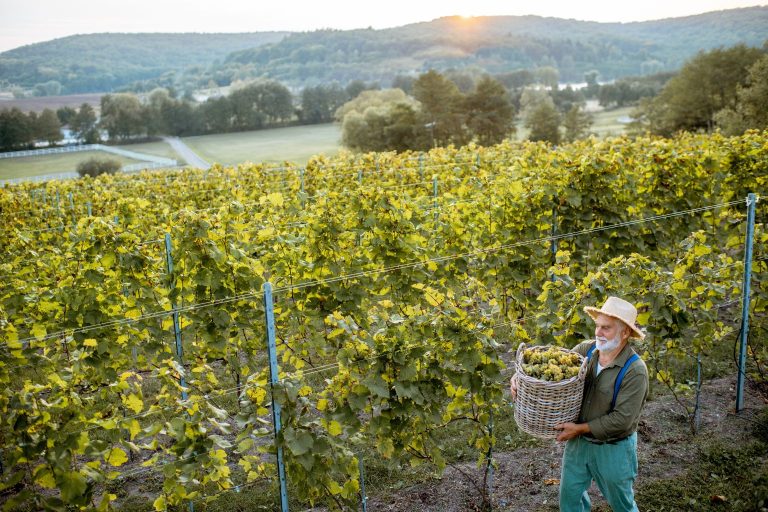
Optimism at Vintruvian – the Group with 4 Wineries in 3 Regions
Vintruvian Estates owns four wineries – two in Dobrogea (Caii de la Letea / Sarica Niculițel and Crama Histria), one in Dealu Mare (Crama DeMatei), and one in Oltenia, in Drăgășani (Olterra). A spread that, normally, should provide some protection against nature’s whims – but not in a year when the South is almost entirely affected. And yet…
“In Dobrogea, we have over 450 hectares under irrigation, so the challenge was more about balancing acidity and aromas. Of the three centers where we have vineyards – Piatra Ostrov, Sarica Niculițel, and Tulcea – only at Piatra Ostrov did we face some frost issues, but here it looks like we’ll end up with the best harvest of the past four years.
In Dealu Mare we were lucky: the frost hit harder on the side toward Mizil, but at Zorești, where Crama DeMateiis located, on the Zorilor and Tegăneanu hills, it wasn’t as bad. We’re more sheltered; there were some losses, but not severe – about 10% in Fetească Neagră – and we estimate a harvest 20–25% better than last year. Right now, we also have sufficient day–night temperature differences, over 10 degrees, with slow ripening of the grapes, so conditions are ideal for producing high-quality wines.
Regarding Olterra, in Drăgășani, I can say that indeed we had drought during much of the summer, but fortunately, last week we had a serious rain of 35 liters per square meter, which revived the vines and gives us reasons for optimism. It’s not yet very clear what will happen, but the vines and grapes look much better,” explains Alin Lăzărescu, General Manager of Vintruvian Estates.
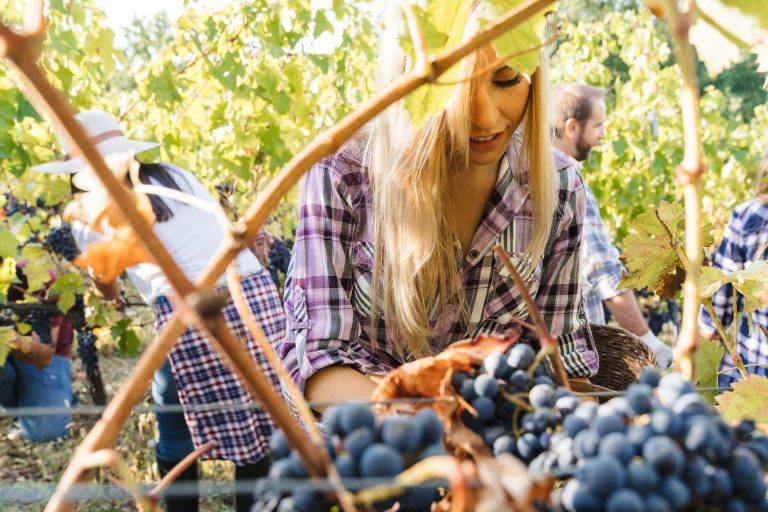
Sauvignon Blanc Affected at Domeniul Bogdan
“Unfortunately, the frost waves that hit Dealu Mare in April also affected us,” says Nicu Mateescu, oenologist at Domeniul Bogdan. “We had the same types of losses, mainly in Fetească Neagră, Chardonnay, and other early varieties, but for us Sauvignon Blanc was also hit. The drought continued this year too, not as severe as last year, but we irrigated the vineyard through ravines or with cisterns from our own wells. By the end of the year, I expect we’ll have a better harvest than in 2024,” explains the oenologist of the first winery in Romania certified as biodynamic.
Wines of Romania Conclusions
2025 is shaping up to be a good year for the north of the country, relatively weak – below average – for the south. In the context of large stocks held by some producers, two consecutive years of smaller harvests may not be the worst possible outcome, as long as we’re not talking about plots with dying vines or yields too low to sustain business operations.
However, the problems seem to be becoming systemic. There is growing talk about the desertification of the Romanian Plain. Climate change doesn’t just mean drought, but also more violent storms, hail, and late frosts following overly mild winters.
The issue of soil drought has been known for a long time, and access to wells for vineyard owners is a real problem, with many aspects involved – from resource conservation to the huge water consumption usually associated with vineyards. We don’t yet have details about the position of Apele Române (Romanian Waters authority), nor do we know if state institutions and wine producers will be able to “meet halfway.” But the evolution of recent years confirms one thing: dozens, perhaps hundreds, of hectares of vines have died solely because of drought and this will continue in the foreseeable future. We will return with details as we obtain them.
